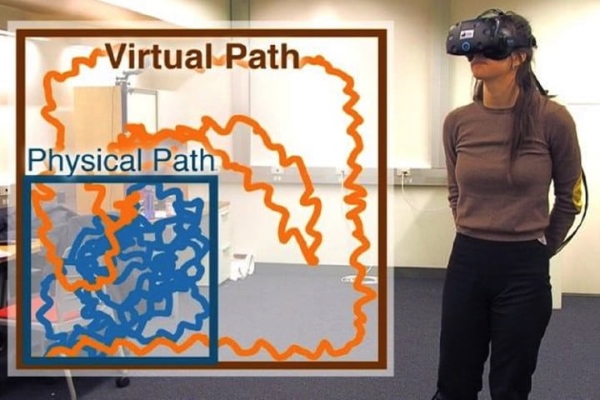NEUROSCIENCE & SOCIETY: Ethics, Law, and Technology
24-25 August 2018
Sydney, NSW, Australia
http://neuroethicsconference.org.au/
Abstracts due: 7 June 2018
Advances in brain scanning and intervention technologies are transforming our ability to observe, explain, and influence human thought and behaviour. Potential applications of such technologies (e.g. brain-based pain detection in civil lawsuits, medications to help criminal offenders become less impulsive, prediction of future behaviour through neuroimaging) and their ethical, clinical, legal, and societal implications, fuel important debates in neuroethics.
However, many factors beyond the brain – factors targeted by different emerging technologies – also influence human thought and behaviour. Sequencing the human genome and gene-editing technologies like CRISPR Cas-9 offer novel ways to explain and influence human thought and behaviour. Analysis of data about our offline and online lives (e.g. from fitness trackers, how we interact with our smartphone apps, and our social media posts and profiles) also provides striking insights into our psychology.… read more. “Call: Neuroscience & Society: Ethics, Law, and Technology”
